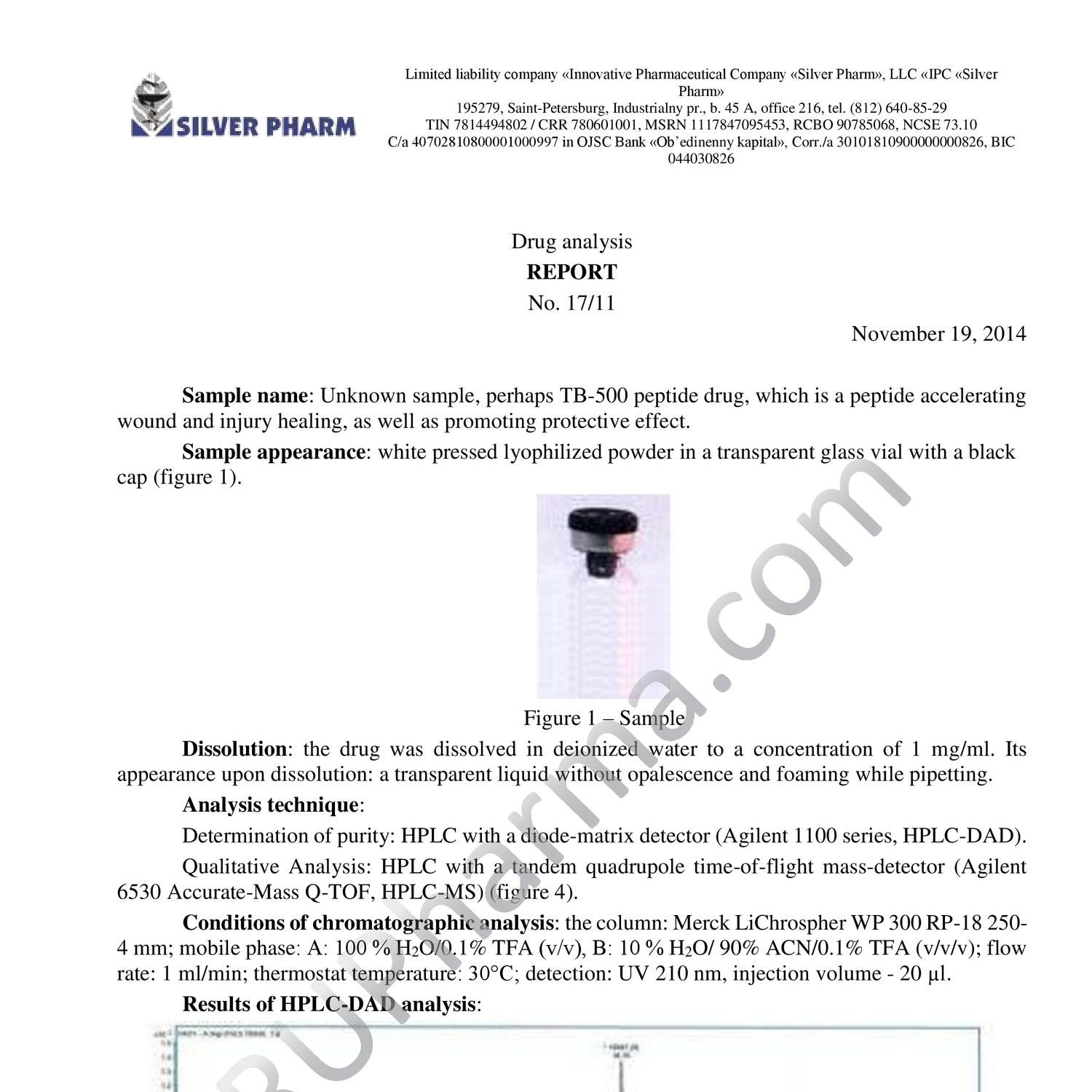
Bpc-157 Benefits, Dose, And Negative Effects
The Most Discussed Topic On Cbd Powder Oils1 Pdf
Within mins my eyes were burning from across the area-- from what might have been a drop of honey myrtle necessary oil diffused throughout a whole space. That, obviously, is well listed below the 2-- 5% suggested "secure usage" and was still excruciating. Relying on the recipe, you'll see different recipes make use of different concentrations (or percents) of essential oils. Please also consider that writing can be quickly updated, while videos are forever.
Can I Use ____________ Instead Of _____________ In A Recipe?


- Thinking that it's true male pattern baldness, it belongs to the gene transcription of the androgen receptor.
- This isn't the sort of experience we desire with our skin treatment products!
- I only utilize my 1g increment scale for making 1kg+ sets of soap; all my cosmetic formulating is made with a 0.1 g and 0.01 scale.
- Yeah, so there's differences in exactly how your ...
Do I Need To Add A Chemical To My Soap?
Sorry, however there are way too many variables to address that inquiry accurately. When I create and share a solution I evaluate it, and am sensibly confident my lotions and various other water-containing solutions will certainly be shelf-stable for at the very least 12-- 24 months. That stated, that is for how I made (and stored) the formulation. Did you package your product in a container, while I made use of a pump-top container?
You can obtain the exact same alarming label on potato chips (acrylamide), chemotherapy (uracil mustard), lumber (timber dirt), or poisonous runoff (arsenic). It's certainly helpful to be signaled to the visibility of possibly dangerous chemicals. However not all doses of these different chemicals imply the exact same point Aluminum is a really reactive steel; I'm sure you have actually had light weight aluminum foil turn black after touching click here with remaining food, but that does not indicate your lasagne is made from lead.
You require to be able to submerge the whole head of the immersion blender in the solution; if it's poking up above the surface, that blade will have the ability to grab air and blend it right into your emulsion. If the solution is still extremely fluid/thin, it won't be able to support any type of air bubbles-- they'll just float right out. Continuing to strongly blend/stir a cream when it has thickened up will include air into it, and it'll be able to remain there since the cream has sufficient structure to support that air. If your immersion blender or food processor has interchangeable blades, pick among the flatter ones.With formulas, if you see it calls for 10% chemical when the optimum suggested rate is 1%, you understand that's method way too much, despite set size. You would not be able to recognize that quickly if the recipe just called for 3g. Some vendors sell fatty thickeners like cetearyl alcohol with some variation of "emulsifying wax" in the name. In my simple opinion, this is infuriatingly misleading. Fatty thickeners won't emulsify, yet having the name "emulsifying wax" in the name makes you believe it'll function and simply ... argh.
Vitamin E, sodium lactate, and rosemary seed essence are 3 instances of active ingredients that are sometimes offered as preservatives but aren't. If you made use of one of these ingredients instead of a chemical, that's most likely the issue. If your product includes water and isn't developed to be used instantly, it requires a wide spectrum preservative. It's also recommended to include one in anhydrous products that could or will certainly come into call with water, like a hair shampoo bar that lives in the shower.